Nvidia Intros Tegra 4i System-on-Chip with Integrated LTE
Nvidia is bringing the super phone experience to the mainstream smartphone market with the new Tegra 4i chip.
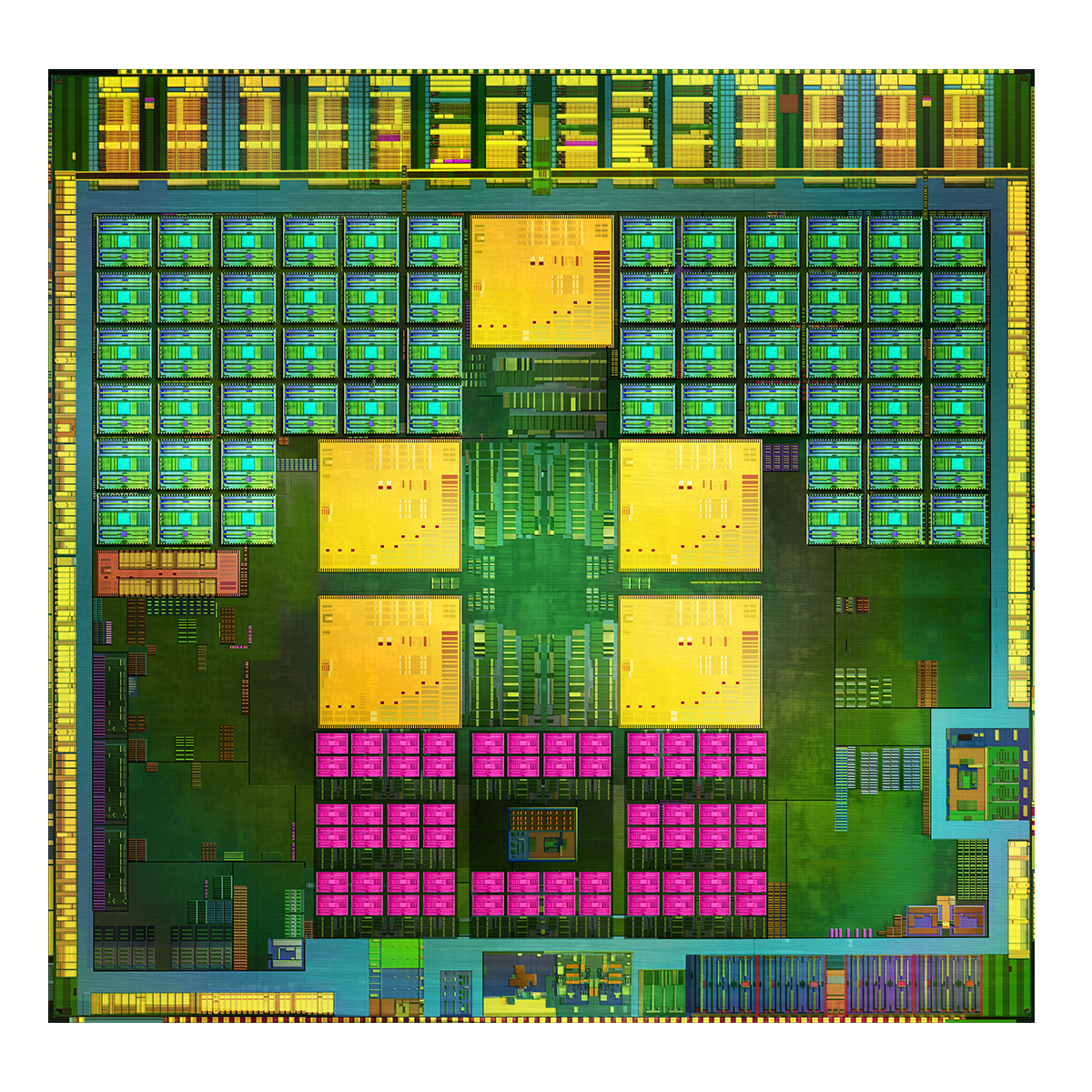
Today Nvidia introduced the Tegra 4i, an ARM-based quad-core SoC designed for the mainstream smartphone sector. Previously codenamed as "Grey", it's packed with an integrated 4G LTE modem processor and is "significantly faster" than its nearest competitor at only half the physical size.
Unlike the Tegra 4 chip which is focused on tablets and high-end smartphones, this SoC will focus on bringing the super phone experience to a more affordable mainstream phone market. It consists of four R4 Cortex-A9 CPU cores clocked at 2.3 GHz, Nvidia's fifth battery-saver "ninja" core, and 60 custom Nvidia GPU cores. The Tegra 4i's core size is 1.15 mm2 which is incredibly small compared to the Tegra 4's 2.7 mm2 core size.
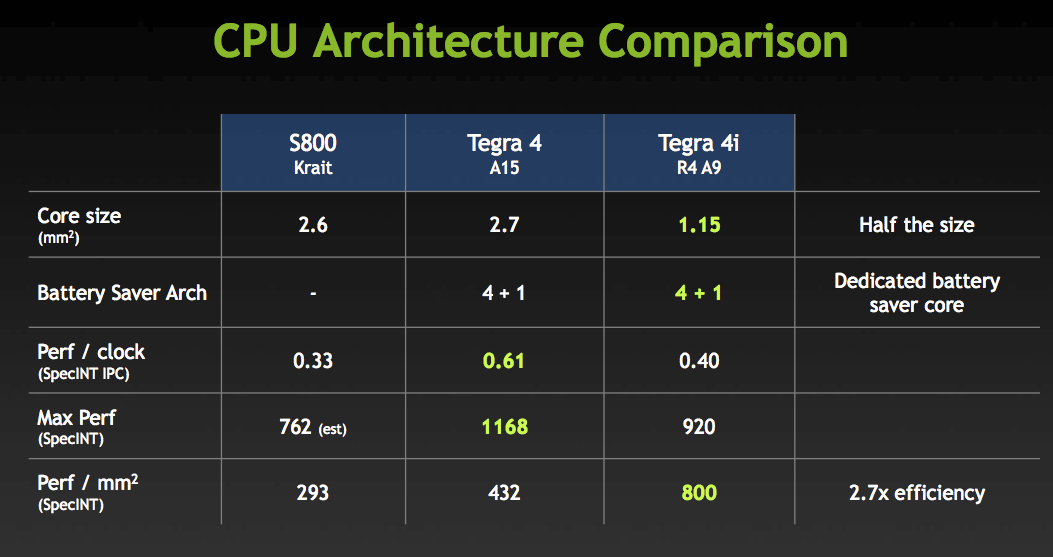
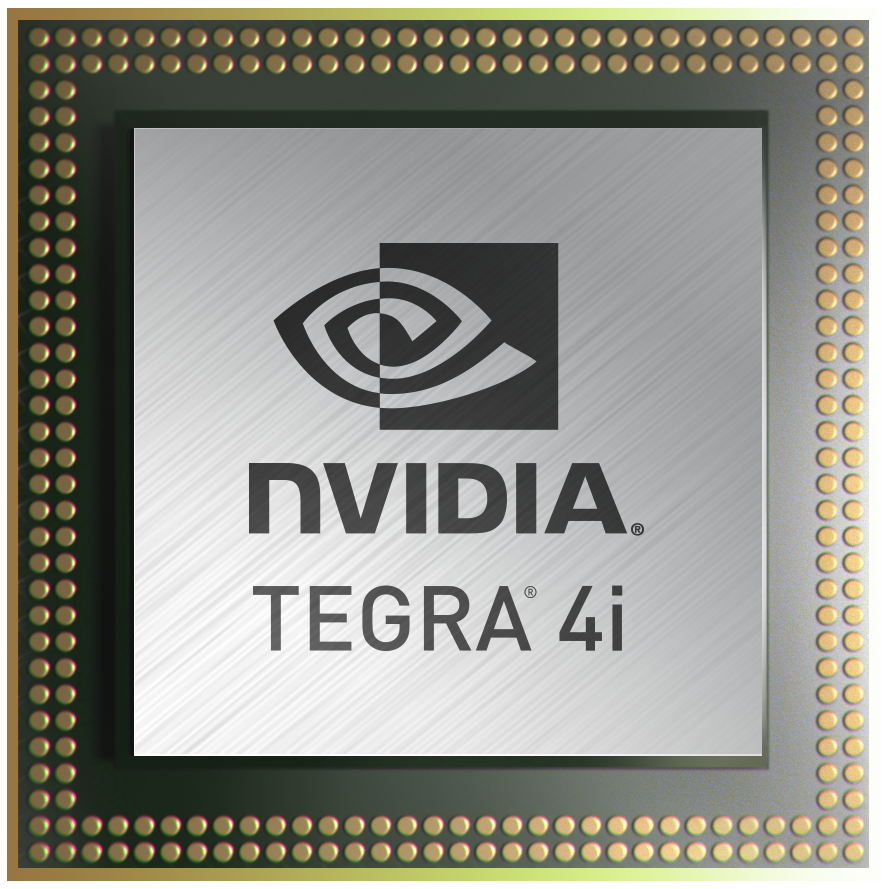
Included in the new chip is an optimized version of the "futureproof" Nvidia i500 LTE software-defined radio modem which delivers 100 Megabits per second out of the box, plus software-upgradeability to 150 Mbps LTE, carrier aggregation, and TD LTE. There's also an image signal processor, a video engine, and an optimized memory interface. The company said it even made changes to the Cortex-A9 architecture itself to squeeze out even more performance from the chip, and submitted them to ARM, thus the resulting Revision 4, or R4, designation.
"ARM and Nvidia worked closely to further optimize the Cortex-A9 processor to drive performance and efficiency in areas such as streaming and responsiveness," said Tom Cronk, executive vice president and general manager, processor division, ARM. "This is an example of the collaboration and innovation that enables ARM technology-based solutions to be market drivers through multiple generations of SoC solutions."

In addition to the Tegra 4i chip, Nvidia formally introduced the Tegra 4 family's Chimera Computational Photography Architecture. Chimera offers features not seen on mobile devices before now including always-on high-dynamic range (HDR) photos and videos, HDR panoramic and persistent tap-to-track capabilities.
Get Tom's Hardware's best news and in-depth reviews, straight to your inbox.
By offering an always-on HDR setting, users can instantly capture high-quality HDR images similar to how the human eye sees the world, the company said. The panoramic aspect allows the user to take wide-angle "fish-eye" shots that typically require an expensive digital single-lens reflex camera. The persistent tap-to-track tech directly focuses on a person or object within a scene with a simple touch, thus the camera will remain locked on that person/object if there's movement while also keeping an optimum exposure level.
"Nvidia’s Chimera architecture takes mobile imaging far beyond what consumers have come to expect from the phones and tablets," said Brian Cabral, Vice President of Computation Imaging at Nvidia. "Capabilities that until now have been reserved for professional photographers – like instant HDR and HDR panoramic shots and flawless image tracking – are now within easy reach for the rest of us."
Nvidia said this new architecture for image processing can conduct nearly 100 billion mathematical operations per second using the same techniques found in X-ray scanners, deep space telescopes and spy satellites. Chimera is available in both the Tegra 4 and Tegra 4i SoCs.
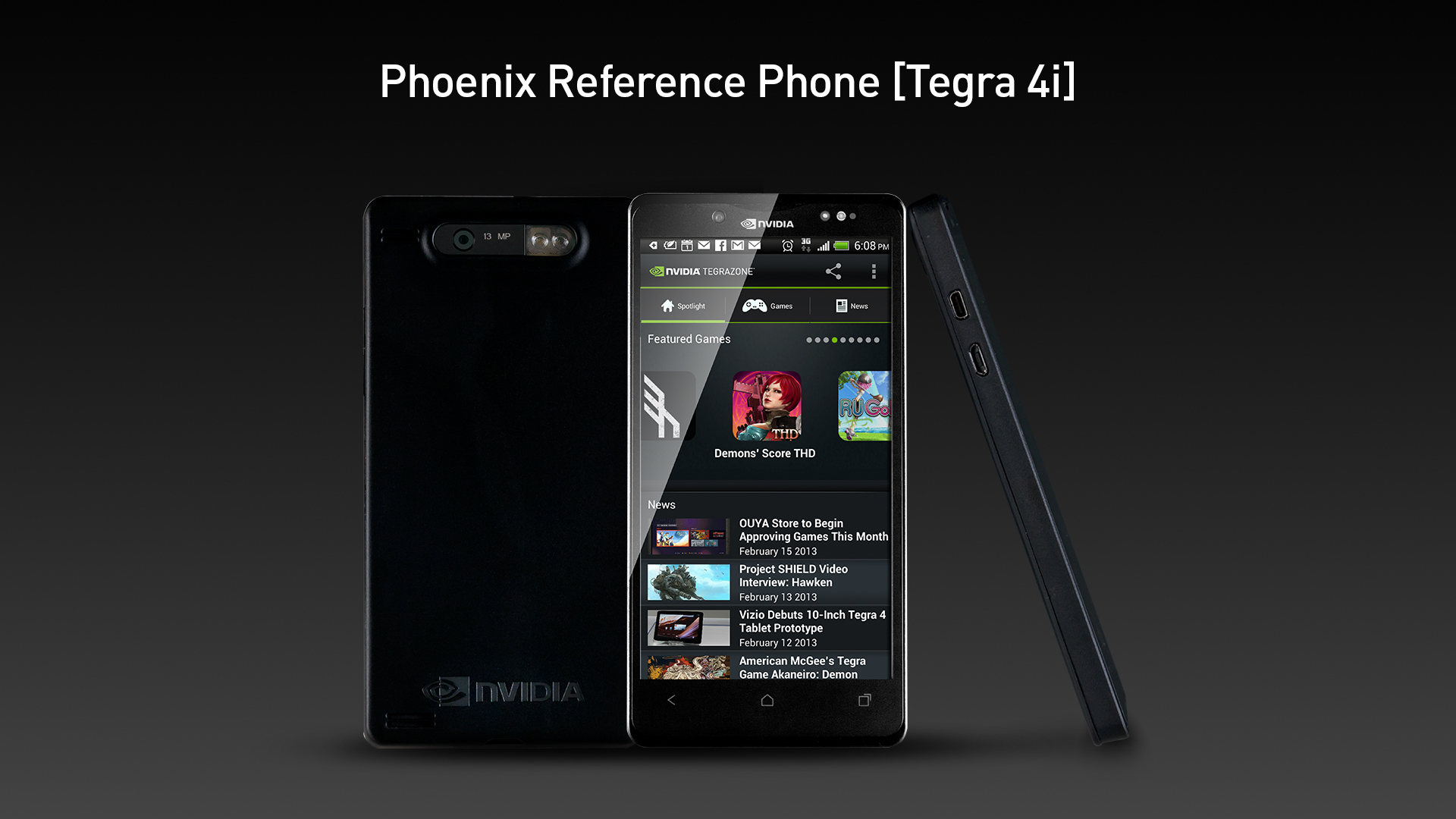
Also shown on Friday was the company's "Phoenix" reference design for the Tegra 4i SoC so that smartphone makers can use to quickly design and build future Tegra 4i-based phones. This platform features a 5-inch 1080p display, an 8-mm thin design, 4G LTE connectivity, PRISM 2, DirectTouch and the Chimera architecture.
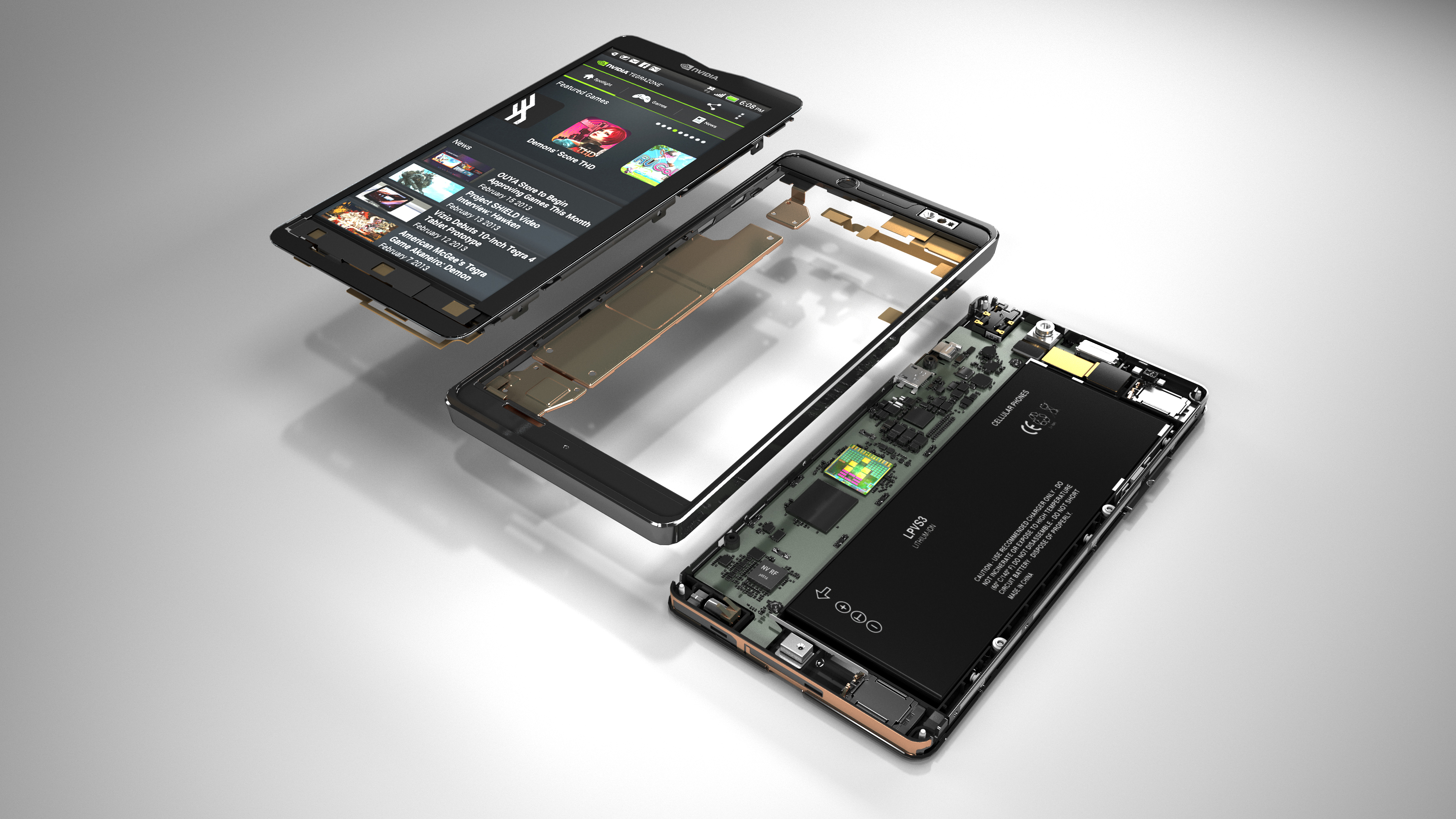
"Nvidia’s Tegra 4i appears to outperform the leading integrated LTE chip significantly, and also benefits from an integrated 'soft-modem' that can be re-programmed over-the-air to support new frequencies and air interfaces – something other modem vendors can only dream of," said Stuart Robinson, director, Handset Component Technologies Program at Strategy Analytics.
Both the chip and the reference design will be showcased next week during Mobile World Congress 2013 in Barcelona, Spain (Feb. 25 – 28). Below is a comparison between the two Tegra 4 SoCs:
Tegra 4
Quad-Core CPU: Cortex-A15, plus battery saver core
Max Clock Speed: 1.9 GHz
Tegra 4 GPU Cores: 72
LTE: Optional via Nvidia i500
Chimera: Yes
Memory Type: DDR3L & LPDDR3
Memory Size: 4 GB
LCD: 3200 x 2000
HDMA: Ultra HD (4K)
Process: 28-nm
Package Size / Type: 23x23 BGA / 14x14 FCCSP
Tegra 4i
Quad-Core CPU: R4 Cortex-A9, plus battery saver core
Max Clock Speed: 2.3 GHz
Tegra 4 GPU Cores: 60
LTE: Integrated Nvidia i500 core
Chimera: Yes
Memory Type: LPDDR3
Memory Size: 2 GB
LCD: 1920 x 1200
HDMI: 1080p
Process: 28-nm
Package Size / Type: 12x12 POP / 12x12 FCCSP
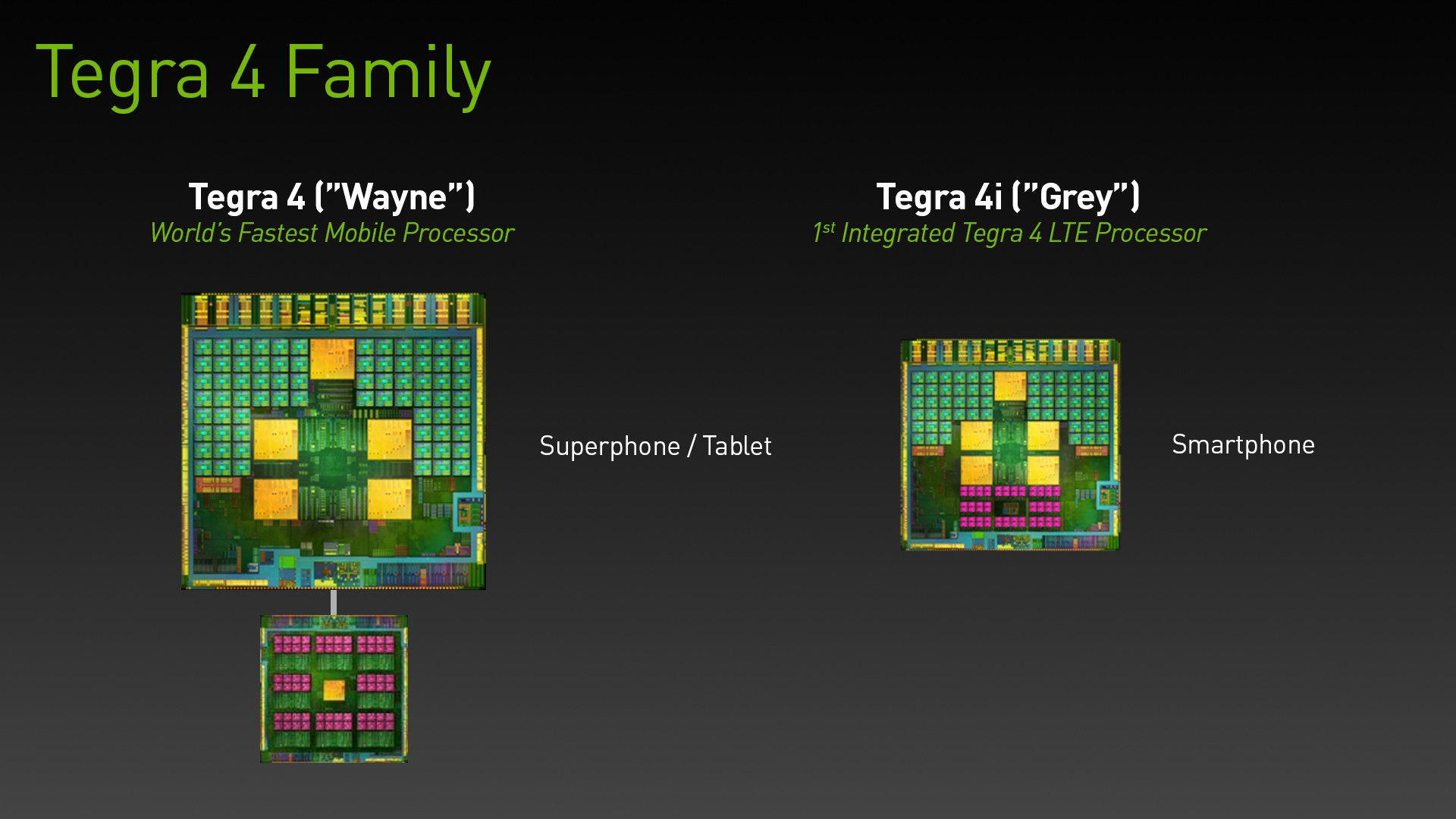
Stay tuned for more in-depth with the Tegra 4i.

Kevin Parrish has over a decade of experience as a writer, editor, and product tester. His work focused on computer hardware, networking equipment, smartphones, tablets, gaming consoles, and other internet-connected devices. His work has appeared in Tom's Hardware, Tom's Guide, Maximum PC, Digital Trends, Android Authority, How-To Geek, Lifewire, and others.
-
wannabepro I want this.Reply
That reference phone looks amazing. Why do people insist upon making fugly phones.. -
classzero wannabeproI want this.That reference phone looks amazing. Why do people insist upon making fugly phones..I agree, now if we could only get something better than Android...Reply -
bobafert Use this in the Galaxy 4 pricing scheme. $300 off contract with an attractive design. That would be right up my alley.Reply -
juanc Finally an article worth reading.Reply
ankit: it's hype on your side. It says it's not a powerful processor, that it is for it's segment so don't expect it to kick SnapDragons, etc. -
wannabepro I wonder what the power consumption is. It probably isn't too relevant considering that most of the power is used by the screen.Reply -
cknobman A. Based on Cortex-A9, why should we be excited this is old architecture?Reply
B. "Nvidia’s Tegra 4i appears to outperform the leading integrated LTE chip significantly"
What do they consider "leading integrated LTE chip"? I would say right now it has to be the Snapdragon S4 Pro. -
outlw6669 Wow, 1.2mm² and 2.7mm² cores are impossibly tiny!Reply
Are you sure they do not mean 1.2cm² and 2.7cm² cores (120mm² and 270mm² respectively)?
Other than that, A9 based cores are a bit of a turn off but should still perform good enough for nearly all mobile applications.
Upping the GPU core count from 12 to 60 should help address one of the Tegra 3's largest deficiencies.
Now, if only they would increase their tiny 32-bit memory bus.... -
Cazalan outlw6669Wow, 1.2mm² and 2.7mm² cores are impossibly tiny!Are you sure they do not mean 1.2cm² and 2.7cm² cores (120mm² and 270mm² respectively)?Reply
I think that's for each individual A9 core. Not the whole die. -
Murissokah wannabeproI wonder what the power consumption is. It probably isn't too relevant considering that most of the power is used by the screen.Reply
I wonder about that too. It is still very relevant because it is closely linked to CPU heat generation, which in turn is determinant to phone design. -
Murissokah classzeroI agree, now if we could only get something better than Android...Reply
I can hear the droids coming... with massive thumbs down.